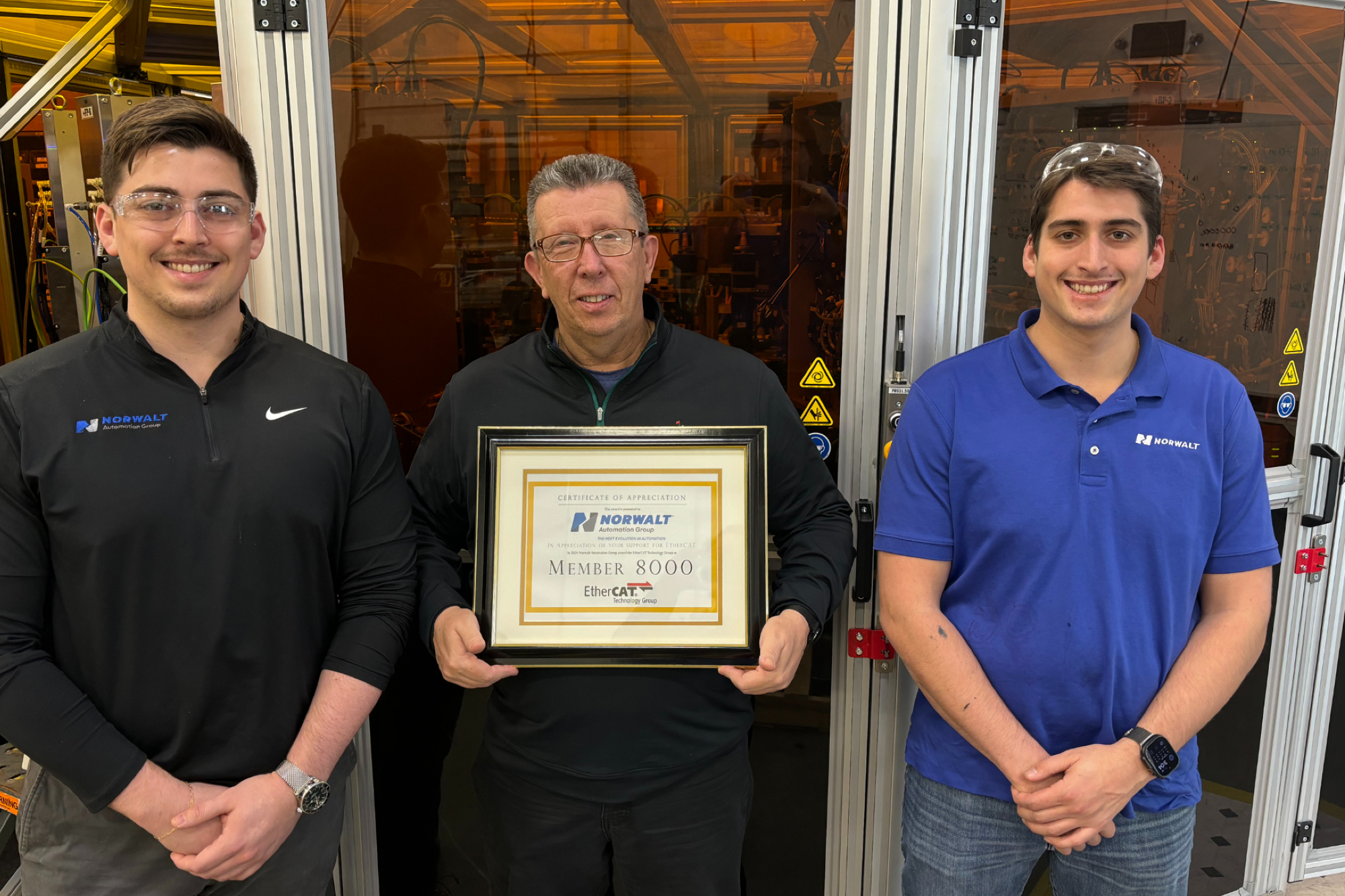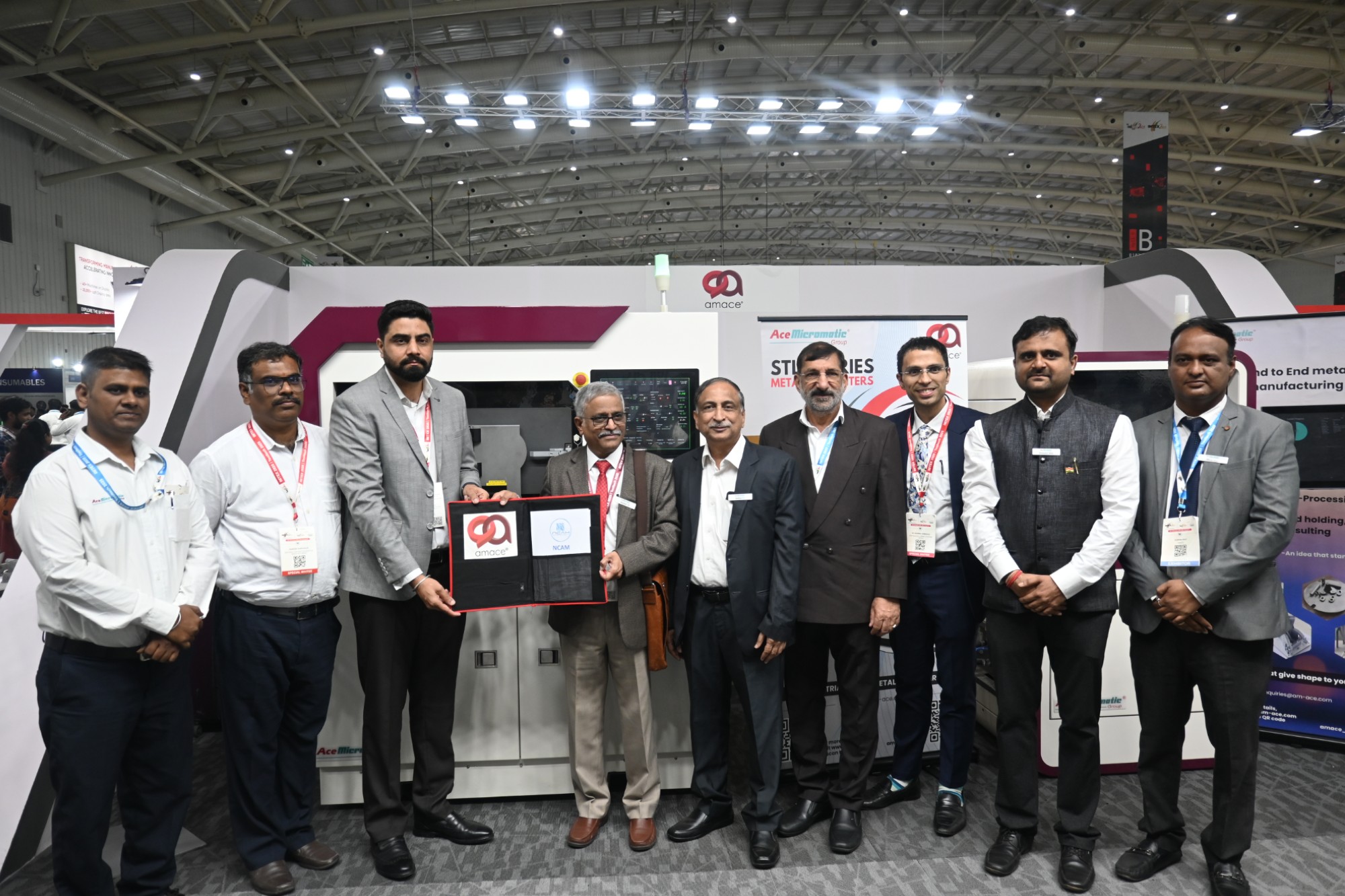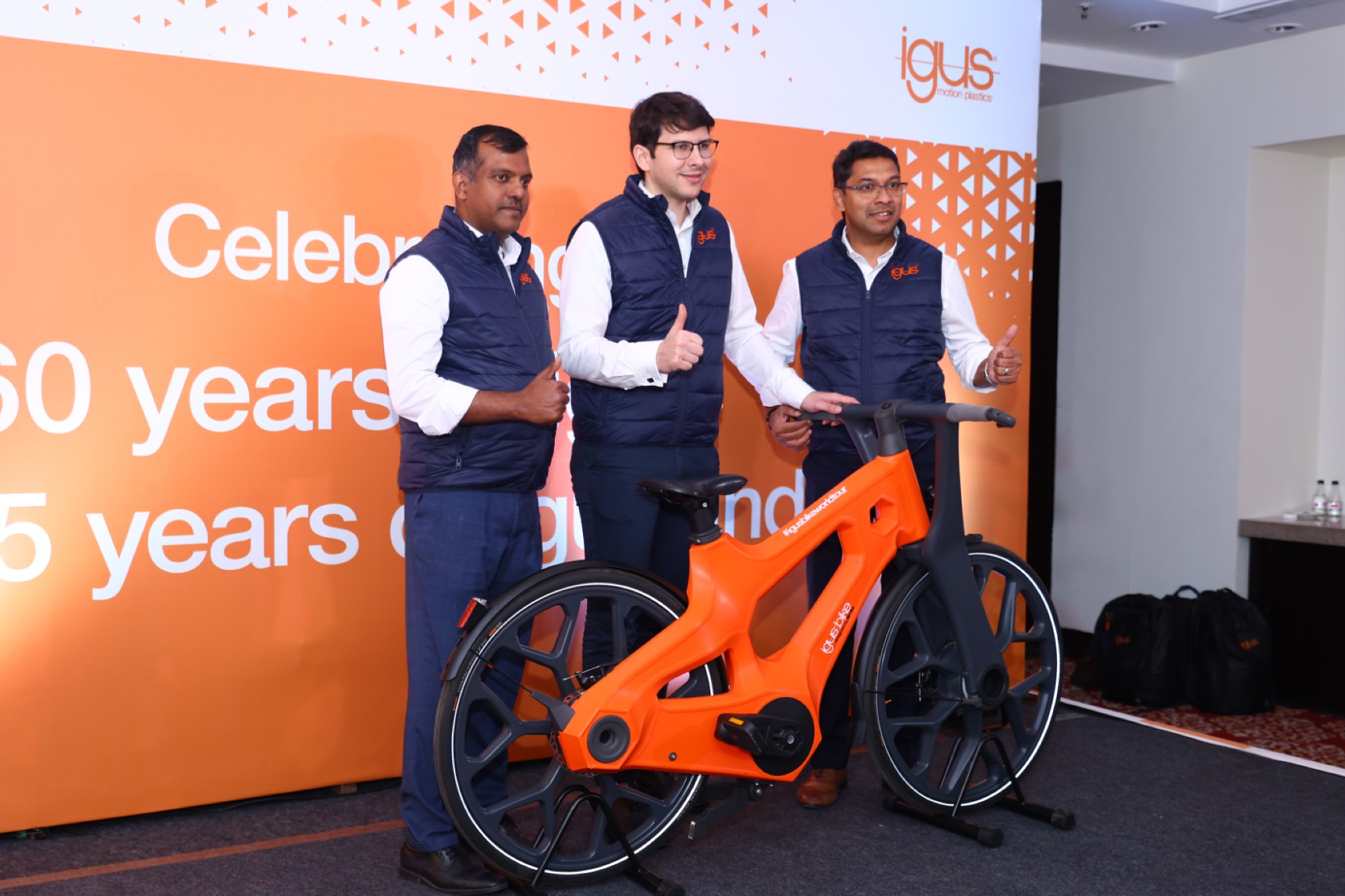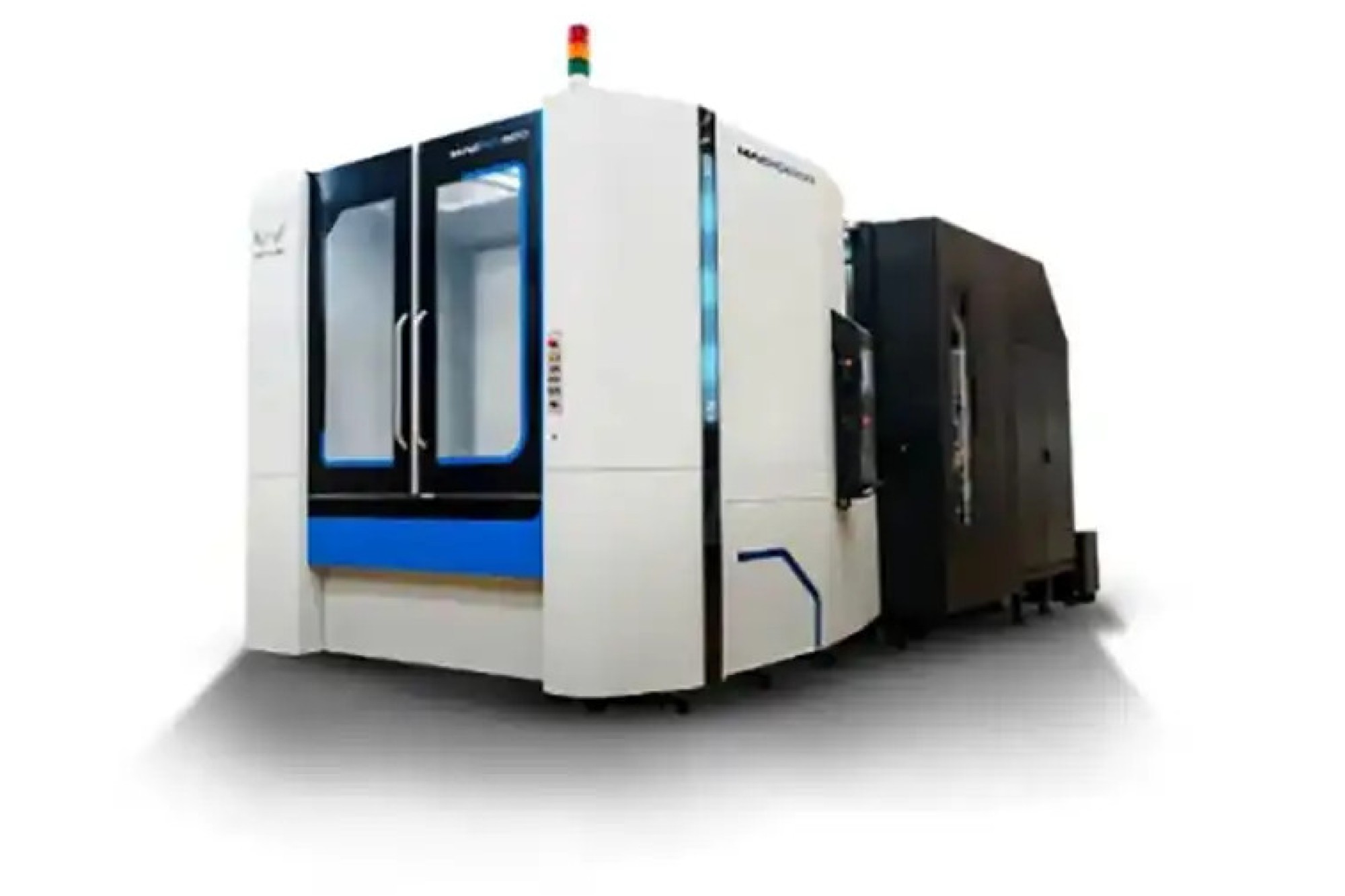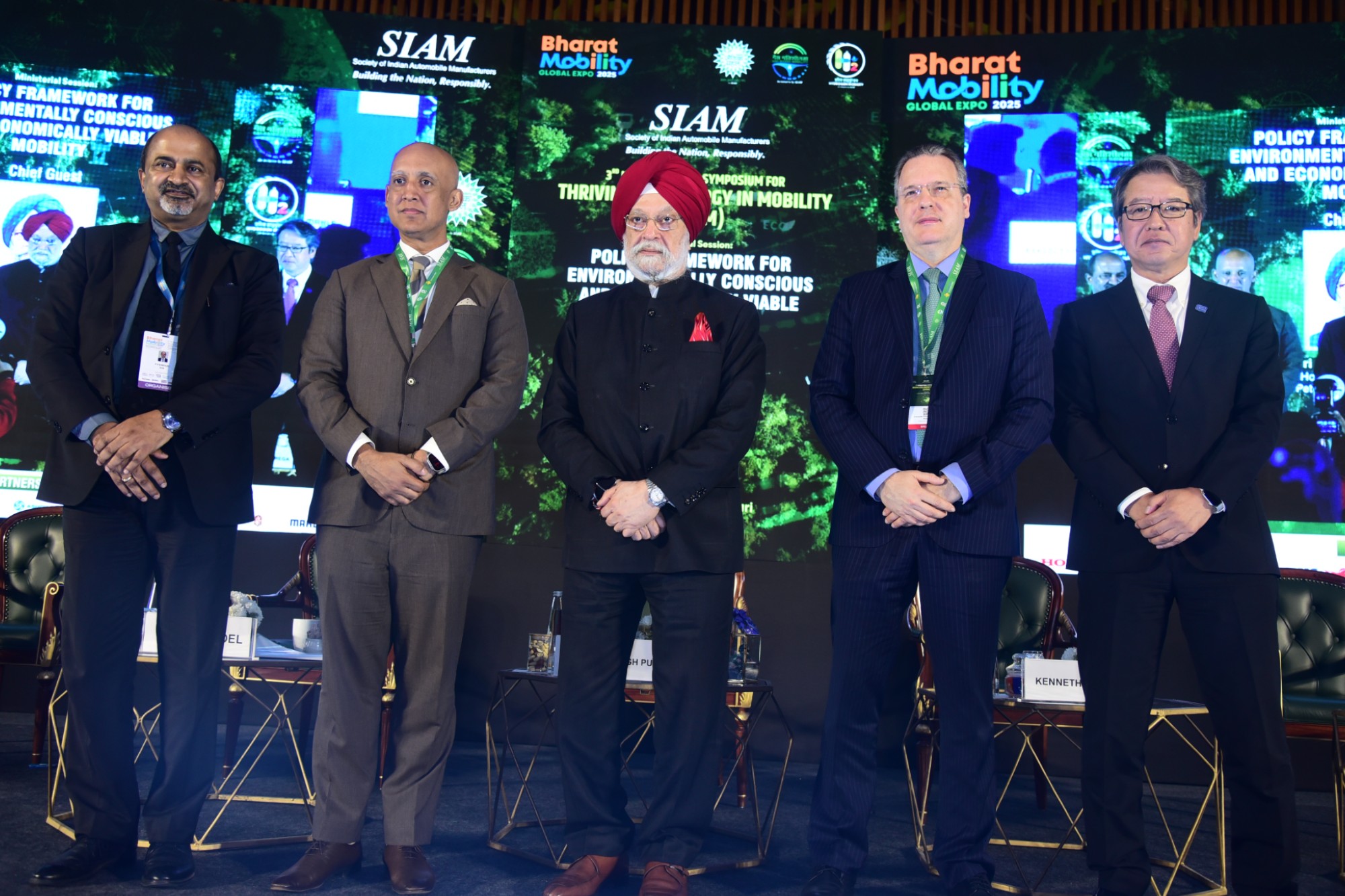T-PUR: New heart of ROTEX
By admin May 18, 2011 11:33 am IST
“Following the reputation of upgrading its products with the technology, KTR has developed the new spider material T-PUR for the jaw couplings ROTEX which will become the future standard and would make KTR jaw couplings coping with the increasing expectations on quality, performance and service”, informs Kumar Karandikar, Sales Manager at KTR.
Torsionally flexible couplings are among the proven machine components used in various applications for a long time. During the course of time, with increasing need of better performance, the quality demands on the couplings have continuously increased. As a result the standard spider materials often reach their limits and then necessitate the need of meeting the higher parameters by using special compounds.
Since 1967, KTR Kupplungstechnik GmbH has offered jaw couplings type ROTEX®, which are used most frequently throughout the world today. The couplings are characterized by small dimensions, low weight and low flywheel effects with high torque transmission. The accurate, all-over machining has a positive influence on the running characteristics and increases the service life of the coupling considerably. ROTEX® couplings ensure for a torsional vibration-damping power transmission in case of shocks in the drive train being produced by machines with non-uniform operation.
Why has a new material been used?
Often the environments, in which gearboxes, pumps, etc. are used, are not known beforehand. With this, the existing and well-approved spider compounds meet their limits on several occasions. The spiders made of PEEK or other special compounds have to be used under rugged ambient conditions more and more frequently. These are not only more expensive than standard elements, but they are also disadvantageous with regard to damping, displacement, etc. This necessitated an all-round spider material for the ‘heart’ of the jaw coupling. KTR now offers its customers such kind of solution by T-PUR® – at the same price which has been charged for standard materials up to now. The innovative spider material is particularly predestined for those drives being operated with variable speeds, reversing operation or high ambient temperatures.
Outstanding properties
With the new material significant improvements compared to standard elastomers in particular with fatigue strength and temperature resistance were realized, while maintaining all positive technical features such as damping and resistance to wear. Thus, the new material can be used with temperatures from -50° C to +120° C. In contrast to that other standard spider materials only offer a temperature resistance from -30° C to +90° C. The increased service life allows reducing the maintenance intervals and accordingly the expenses.
The new material T-PUR® is used as a standard spider in ROTEX® jaw couplings from size 14 to size 90. From size 100, KTR supplies double tooth elements being made of the new material too. Thus the double tooth elements can also be offered in 64 Sh now. The new material is available in different elasticities for all kinds of hardness from 92 Sh-A to 64 Sh-D.
New products by extensive know-how only
There is no light without shadow. That is why, products being market leaders often run the risk of being copied. For KTR this is an additional incentive to be always one step ahead of their competitors. A permanent further development of the product as well as customized solutions call for a strong research and development department. Out of the 850 employees within the KTR group of companies 60 engineers and technicians are in charge of the development of new products and customized solutions.
The material was preceded by many years of cooperation between KTR’s experts and the experts of the nylon engineering industry. The results of this development were optimised over several months until the requested elastomer material was found: T-PUR®. Afterwards the spider material was tested under real operating conditions with such applications where standard elastomers did not achieve the necessary fatigue strength or temperature resistance, respectively. The new elastomer achieved the requested service life in the field without problems.
Cookie Consent
We use cookies to personalize your experience. By continuing to visit this website you agree to our Terms & Conditions, Privacy Policy and Cookie Policy.






